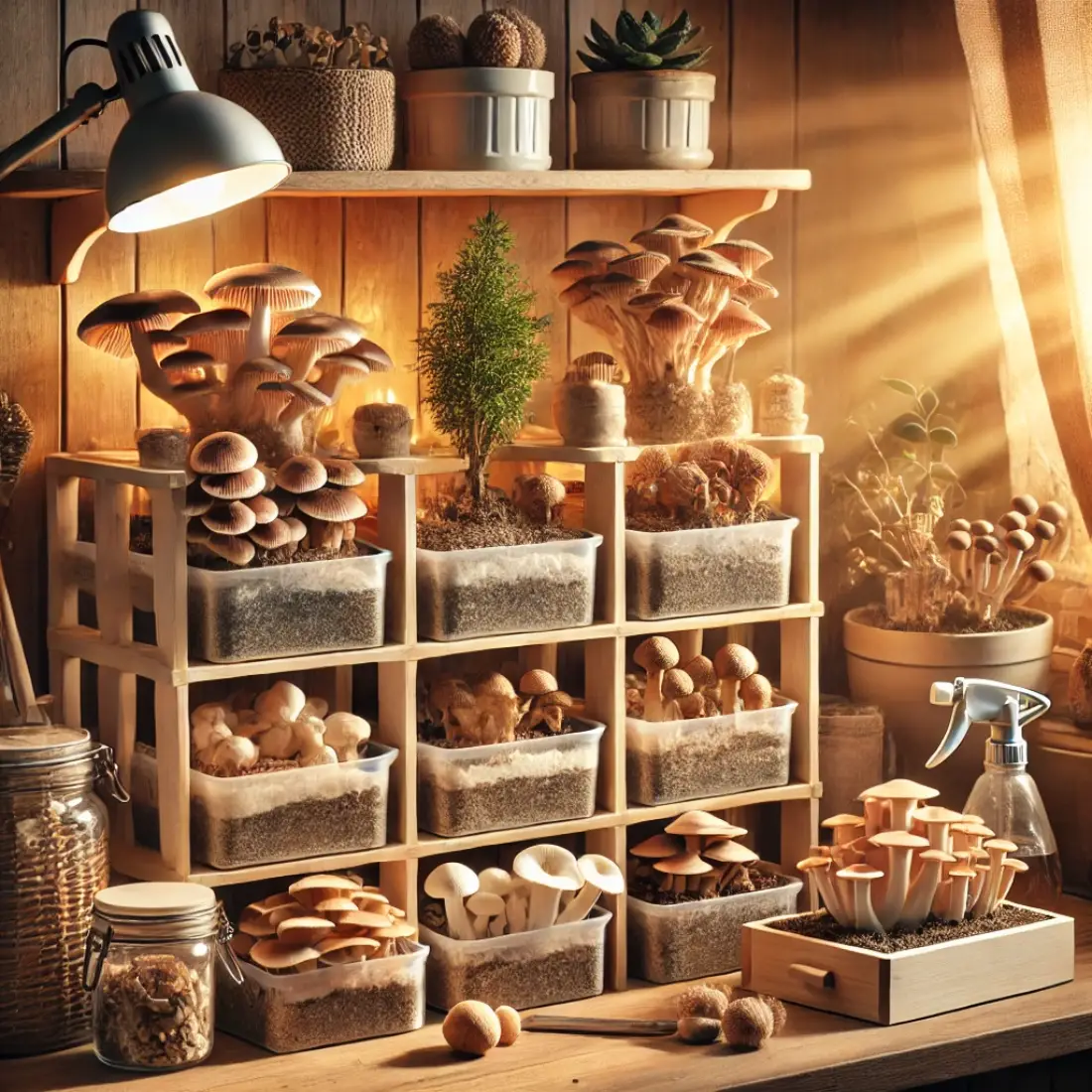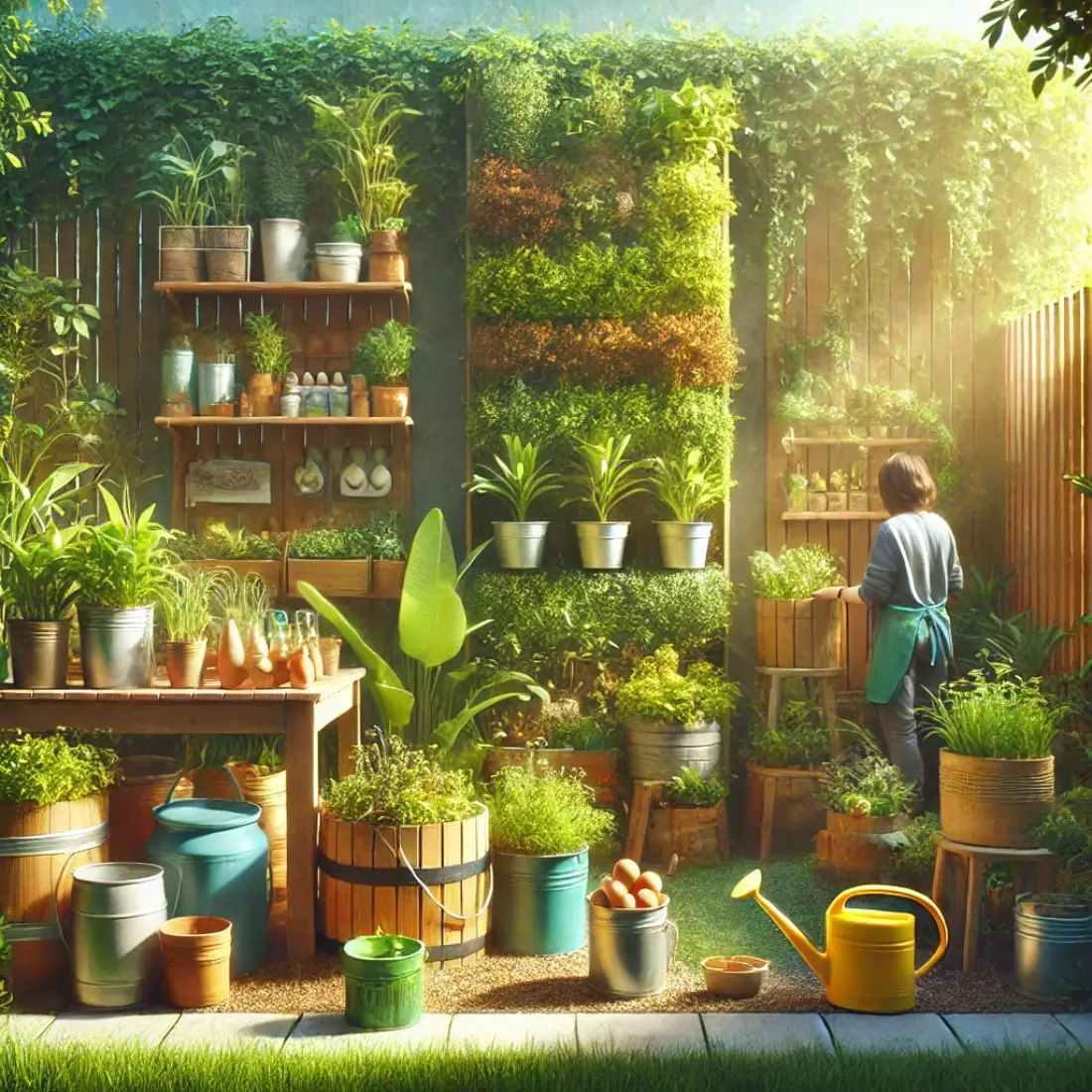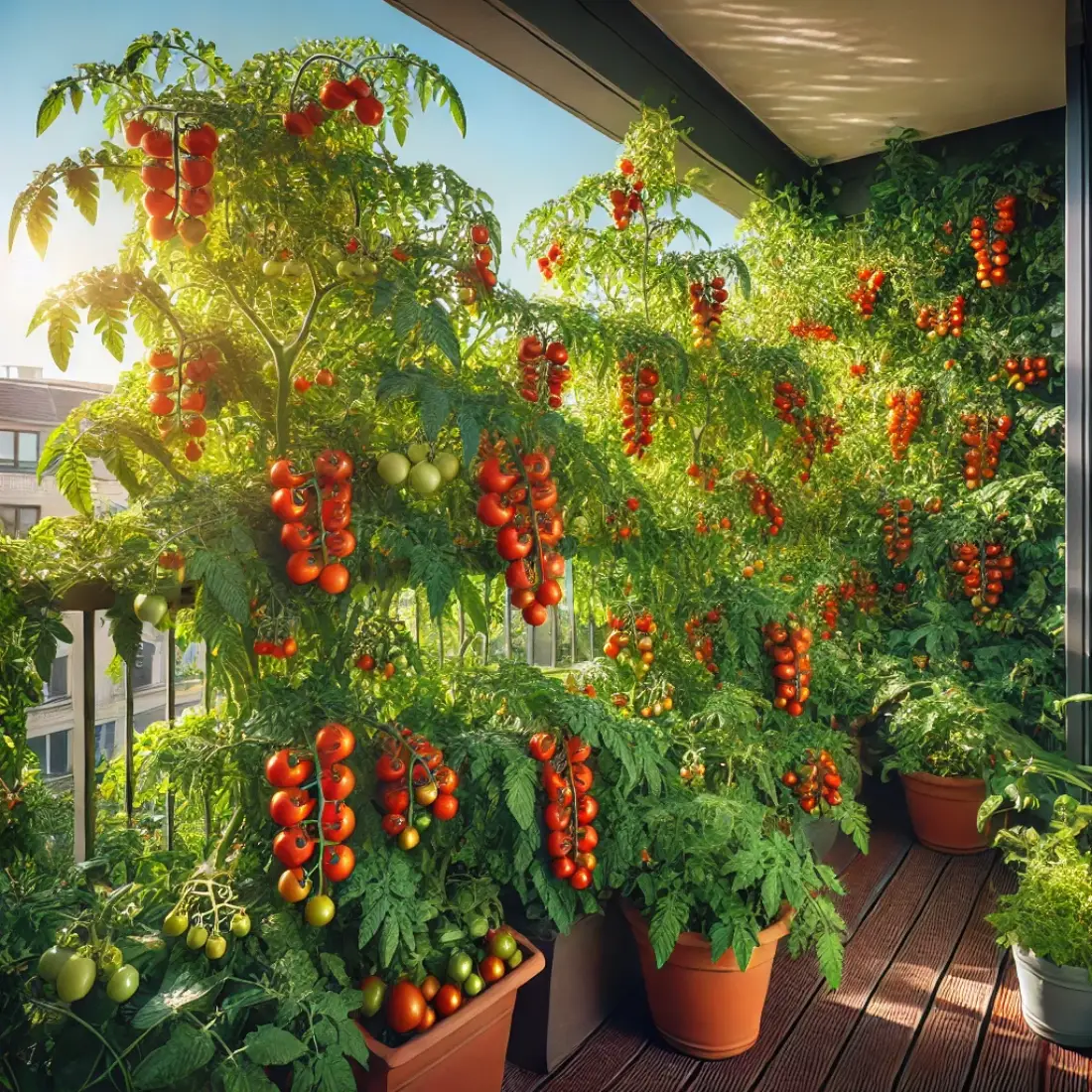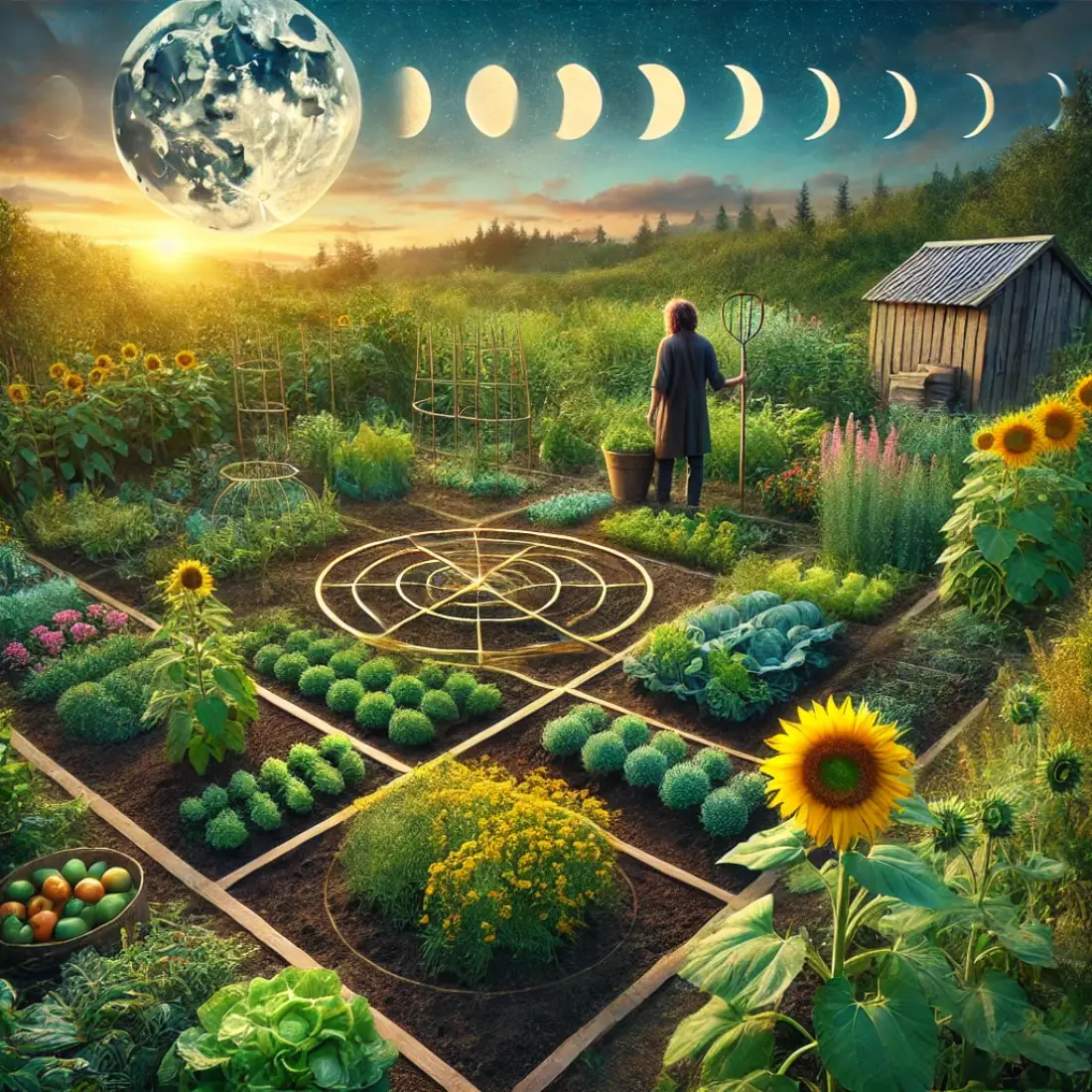Winter doesn’t have to be the end of your gardening adventures. If you’re looking for an unconventional, rewarding indoor garden project, consider growing edible mushrooms indoors. It’s a unique way to keep fresh produce on hand during the colder months when traditional gardening takes a break. Plus, it’s surprisingly easy, even if you’re new to the mushroom world!
- Growing mushrooms indoors is a fun, low-maintenance activity that can supply fresh produce all winter.
- Varieties like shiitake, oyster, and button mushrooms are excellent for indoor cultivation.
- Mushroom growing doesn’t require much space and can be done in closets, basements, or even small containers in your kitchen.
Why Grow Edible Mushrooms Indoors in Winter?
Indoor mushroom cultivation is a clever way to add fresh ingredients to your winter meals. Mushrooms are packed with protein, fiber, vitamins, and antioxidants, making them a highly nutritious food source. Indoor growing also lets you enjoy gardening even when it’s too cold for outdoor plants. And because mushrooms grow in tight spaces and require minimal equipment, they’re a sustainable choice for anyone with limited room.
Choosing the Right Edible Mushroom Varieties
Not all mushrooms are equally suited for indoor growing, but several types thrive in home conditions:
- Oyster Mushrooms: These are among the easiest to grow and are perfect for beginners. They grow quickly and have a mild flavor that works well in stir-fries, soups, and more.
- Shiitake Mushrooms: Known for their rich, earthy taste, shiitake mushrooms add depth to many dishes. They require a little more patience than oysters but are still very manageable for beginners.
- Button Mushrooms (White or Cremini): Commonly used in everyday cooking, button mushrooms are versatile and relatively easy to grow indoors.
Each mushroom type has unique growth patterns and flavor profiles, so it’s worth trying out a few to see which you enjoy cultivating and cooking with the most.
Materials Needed for Indoor Mushroom Cultivation
To grow mushrooms indoors, gather a few basic supplies:
- Substrate (the material mushrooms grow on): Popular choices include hardwood sawdust, straw, or even recycled coffee grounds.
- Containers: You can use plastic bags, tubs, or specialized mushroom growing kits. Kits are a great choice for beginners as they include everything you need to get started.
- Moisture Control Tools: A misting bottle is essential to maintain humidity. In drier indoor environments, a humidifier can also help.
- Optional Tools: While most mushrooms don’t need direct light, a grow light may help in dimly lit spaces. Other helpful items include gloves and a thermometer for temperature monitoring.
Preparing the Growing Space
Mushrooms grow best in cool, dark, and humid conditions. Ideal locations at home include closets, basements, or bathrooms where humidity levels tend to be higher. Alternatively, you can create a simple grow tent using plastic sheeting to enclose the mushrooms and maintain an ideal environment.
Ventilation is also crucial for healthy mushroom growth. To prevent stale air and mold, ensure your mushrooms have access to fresh air daily or consider installing a small fan in your growing area.
Step-by-Step Guide to Planting Mushrooms Indoors
Ready to get started? Here’s a simple step-by-step guide:
- Inoculate the Substrate: Inoculation involves mixing your chosen substrate with mushroom spores or mycelium (the vegetative part of fungi). Kits often come with mycelium pre-mixed, making it even easier.
- Pack the Containers: Place the inoculated substrate into containers, leaving some space at the top for air circulation.
- Set Up the Growing Area: Arrange your containers in your prepared space, making sure they’re not overcrowded. Cover them with a loose plastic layer if necessary to keep in moisture but allow airflow.
Maintaining Optimal Conditions
Once your mushrooms are set up, they need regular care to thrive:
- Daily Misting: Mushrooms require high humidity, so mist them daily to maintain moisture levels. Avoid soaking them as excessive water can cause mold.
- Temperature and Light Control: Check temperature guidelines for your mushroom type; most varieties grow well between 60°F and 70°F. Some indirect light is fine, but mushrooms don’t need sunlight.
- Watch for Healthy Growth: Look for white, fluffy mycelium spreading across the substrate, which signals healthy growth. Tiny mushroom “pins” will soon appear, indicating they’re ready to mature.
Harvesting Your Mushrooms
Knowing when to harvest is key. Each variety has slightly different indicators, but generally:
- Look for Size and Shape: Harvest mushrooms when they reach full size and the caps have spread. Shiitakes, for example, are best picked when their caps are open but not fully flat.
- Use Clean Cutting Techniques: Cut mushrooms at the base using a sterilized knife to avoid contaminating the substrate, which may allow for additional growth.
Storing and Using Your Home-Grown Mushrooms
Fresh mushrooms are best used within a few days of harvesting, but they can also be stored in various ways:
- Refrigeration: Fresh mushrooms last 5-7 days in a paper bag in the fridge.
- Drying: To preserve them for months, dry mushrooms in a low-temperature oven or dehydrator.
- Freezing: Sauté mushrooms briefly before freezing to maintain texture and flavor.
Experiment with recipes that highlight your mushrooms’ unique flavors. Shiitake mushrooms add depth to soups, while oyster mushrooms sauté beautifully in pasta dishes.
FAQs About Growing Indoor Edible Mushrooms
How long does it take to grow mushrooms indoors?
Most mushrooms take between 2-6 weeks to grow from spores to harvest-ready size, depending on the variety and the conditions in your growing area.
Can I grow mushrooms without a mushroom growing kit?
Yes, but a kit simplifies the process by providing pre-mixed materials and instructions. You can also create your own setup using sawdust, straw, or other substrates with spores or mycelium.
What are the most common problems with indoor mushroom growing?
Mold and contamination are common issues but can be avoided by maintaining proper humidity and ventilation. Be mindful of daily misting and keep the growing area clean to reduce risks.
Do mushrooms need sunlight to grow indoors?
No, mushrooms do not need sunlight, as they are fungi and grow well in low-light conditions. A small amount of indirect light may help with “pinning” but isn’t strictly necessary.










